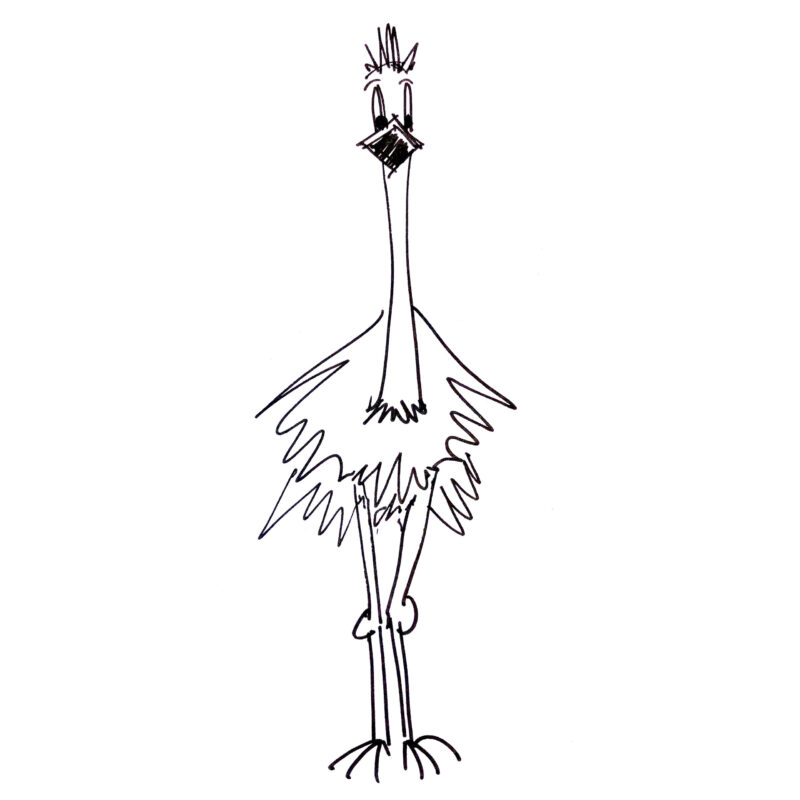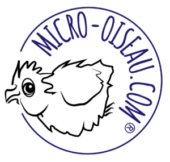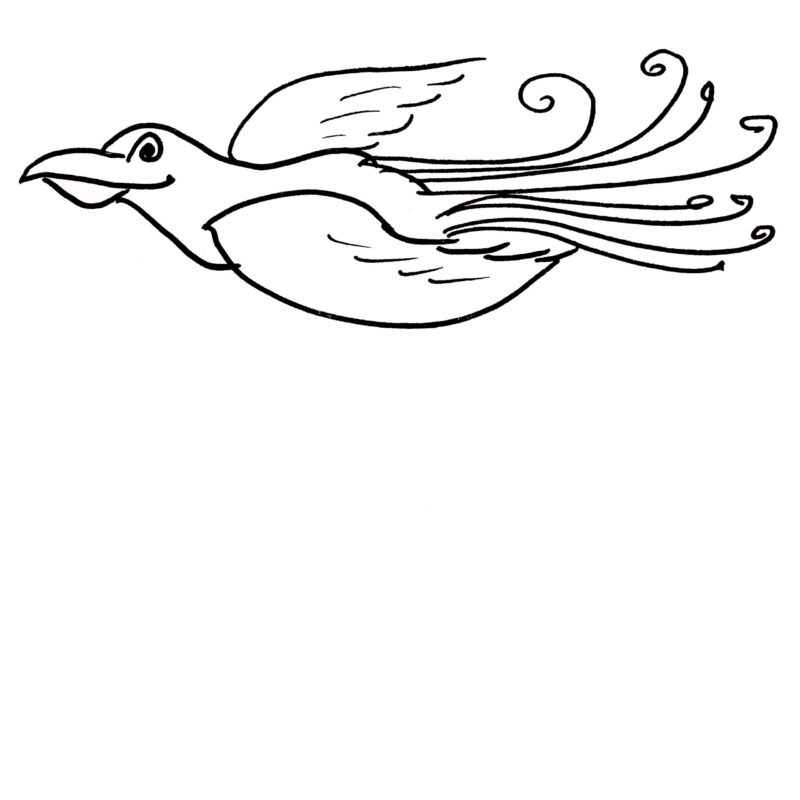#6 Eating the Elephant: how to handle large translation projects
Throughout these translation guides, I’ve focused on working with freelance professionals. After all, we’re all micro entrepreneurs running our own small businesses.
But what happens if you have a really big project with a tight deadline? Can a single translator handle it all? Or should you consider engaging a translation agency or language service provider (LSP)?
Well, the first thing you need to know is:
How big is big?
It’s all about productivity…
Do you know how much content a translator can churn out in one day?
Well, it depends a bit on the type of text to be translated, but most translators will tell you their average productivity falls somewhere in the range of 2,000 to 3,000 words per day. This estimate can go up considerably with the help of technology, but we’ll get to that later.

Since we’ve mostly been focusing on marketing content, let’s stay somewhat conservative and use a daily productivity estimate of 2,000 words per day. That’ll make our calculations a bit easier, too! Be aware, though, that productivity can dip well below 2,000 words when a lot of content writing or “transcreation” is involved.
So let’s say you want to translate your website now, but over time you’ve created a whole lot of content, whether it’s blog articles, descriptions of a great many products and services, lengthy privacy policies and terms of service, or whatever. And let’s say you estimate your total word count at around 30,000 words.
That’d be at least 15 business days of work for a single translator! But you were hoping to get your translated site up and running in time for an important trade show next week!
Time to set some priorities
OK, elephant in the room: in this example, you really should have planned ahead and not found yourself in this position in the first place! But stuff happens, so now what?
Well, you could rush out and find a translation agency that can quickly put together a team of translators to pump out the translated content fast. But at what cost? And I’m not just talking about what the agency will charge you. Doing something in such a hurry with multiple players involved is just asking for trouble in terms of the quality of the finished product.
Whether you go with an agency or with a freelancer, you should first take a closer look at the task at hand and start setting some priorities:
- What’s the most important content that needs to be online before the trade show?
- Do you really need to translate every blog article going back over the last five years?
- What do you need this new audience to know about your business right now?
- What can wait until your business in this new market starts to take off?
Keep your eyes on the prize
You can also save yourself headaches down the road by preparing a few things to help coordinate the work of your translator(s). After you’ve decided what needs to be translated or written, you’ll want to make it clear how you want all that content created.
So write up a brief that lays out your key priorities ahead of your trade-show deadline and also:
- describes your mission and values
- makes clear what tone of voice you’re after and who exactly your target audience is
- provides a list of your most important keywords
- includes a brief glossary of any technical terminology you already know in the target language
- gives the translator(s) a general style guide to follow (e.g. date and number formats, etc.)
A brief like this is essential whether you’re going to be working with a single translator or a team of translators.

Technology is your friend
With large projects especially, technology can be a huge help. But you need to use it wisely.
When it comes to websites, a good content management system (CMS) with multilingual capabilities is crucial. WordPress, of course, is a very popular option and there are a number of add-ons that can make managing a multilingual website easier. One example is WordPress MultiLingual (WPML), but there are others.
Once you’ve got a good CMS set up for your site, you could also plug in a translation management system (TMS), which creates a database, known in the business as a “translation memory”, that stores reusable chunks of all the content you translate over time. This makes it easy to recycle past translations and helps to ensure a consistent use of style, terminology, and tone of voice. And a TMS can also be used to manage and develop that glossary of terminology you started in your brief.
What’s that? What about machine translation, you say?
Sure. Used properly, even good ol’ Google Translate, or any of the many others out there, including by DeepL, Microsoft and Amazon, can lend a hand. Most of these can also be plugged into your TMS for more convenient access and greater control.
Automated translation systems like these can, for example, help speed things up when translating your privacy policy or terms of service. These types of content are all very similar from one site to another and are very frequently translated, so the algorithms have lots of examples to learn from. But don’t just run your ToS through Google Translate and put it online as-is. Have your translator punch it up and fix the inevitable errors so that the end result is ready for publication.
One last technology I’ll mention now is natural language generation (NLG), such as GPT-3 by OpenAI. It’s still early days, but this technology is already being used to produce online content and may be an option. Used carefully and in coordination with an actual human content expert, it can help create a bit of original content in a hurry, especially in English.
And keep it lean and agile
Of course, you may not have time to implement all these technologies before that fast-approaching trade show, but you can take a cue from the world of software development to make the translation process as lean and agile as possible.
It used to be that translating almost exclusively involved giving a fixed, finished text to a translator, who would then create an equally fixed, finished product in another language. But in the Digital Age, that’s no longer the most efficient or effective way of doing things.
A key concept in agile software development is the “minimum viable product” (MVP). The basic idea is that you take an initial, functional product, then evolve that product over time through an iterative process of incremental improvements, real-world testing, and adaptive planning. A similar approach can be taken with digital content by focusing on your “minimum viable content” (MVC), which is essentially those priorities we talked about earlier.
Another key concept of the agile approach is the collaboration of individuals based on mutual trust. It’s a common instinct to assume you’ll need to hire a translation agency for a large, urgent project, but this adds layers to the process that can actually slow things down and complicate quality control. For micro enterprises in particular, it’s often better to reduce the scope of the project and focus on the essentials, so that you can work directly with the translator in order to quickly adapt to changing needs as they arise and get your core content published in time for that crucial trade show.
Coming soon…
So whether or not you took an MVC approach to creating your content for your domestic market, an agile approach like this can be extremely useful when it comes time to translate that content for an international audience. It will save you both time and money, mitigate some of the risks of entering a new market, and lead to more effective, higher quality content by establishing a relationship of trust and collaboration with your content experts.
I’ve only begun to scratch the surface here, but if you want to learn more, an eBook is coming soon:
Multilingual Storytelling for Micro Entrepreneurs – translation for your brand, products and services
Little guides. Big results.
Guide written by Grey Drane. Discover the work of our translators.





